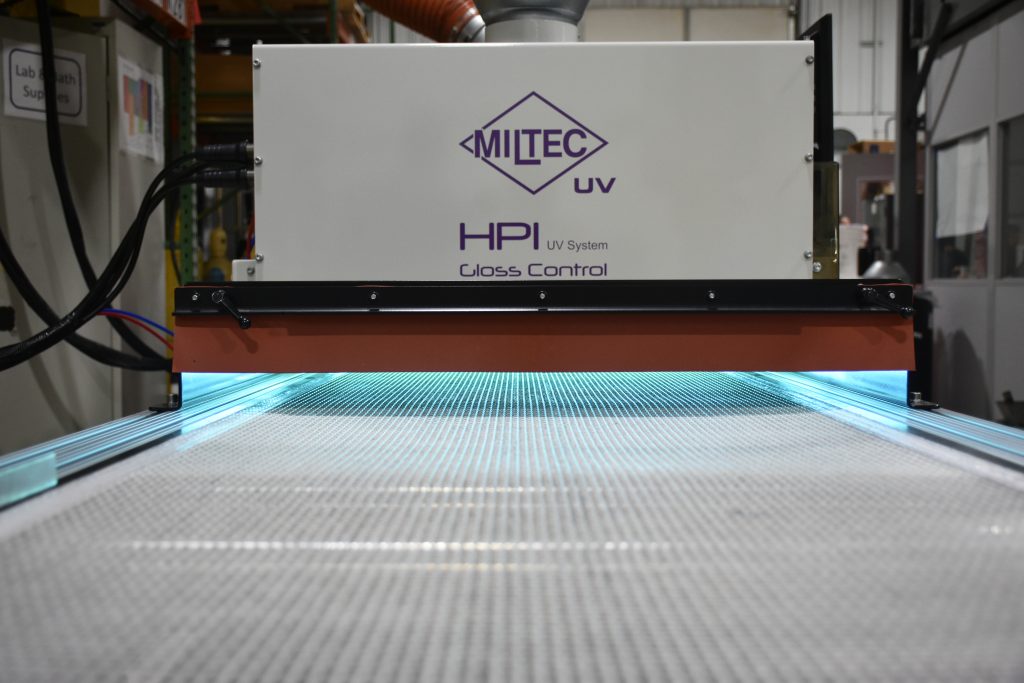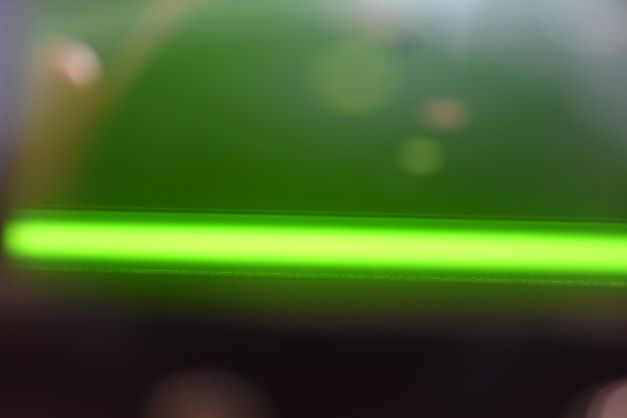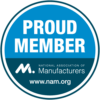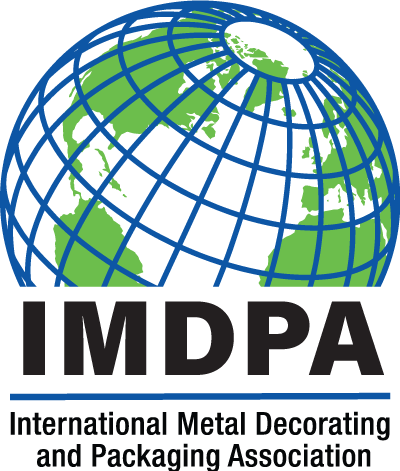UV light curing works by activating the photopolymerization to harden dyes, inks, and adhesives onto a surface with a specific wavelength of UV light. With UV light curing systems, you must use an appropriate light source and ink or adhesive to get the best results. Let’s take a look at the history, technology, and the advantages of UV curing.
The History of UV Curing
The UV curing process was discovered in 1938 by a German chemist named Gerhard Michler. He noticed that when he exposed a mixture of linseed oil, oleic acid, and fluorescing molecules to ultraviolet light, the linseed oil would harden without going through a thermal treatment process. The first UV curable resin was called ‘Photo-Set’ and it was developed in 1950. A few years later, in 1958, Peter Hall invented an improved formulation which is still used today as Epoxy Cure Coatings. In 1962, Karl Kordesch developed photopolymers which have been used ever since for various purposes including printing circuit boards. Manufacturers of plastics such as polyester, acrylics and polycarbonates are now incorporating photoinitiators into their products to enable them to be cured with UV light. These photosensitive resins will then become solid after being irradiated with ultraviolet radiation from mercury or xenon lamps which emit in the needed ultraviolet range.
The Process of UV Curing
There are two basic parts to the process of UV curing. The first is applying a liquid resin to the desired surface. This can be done by hand or with a printer. The second part is exposing this resin-coated surface to UV light, which causes it to harden in place. The UVC wavelength has the most energy but UVC from the sun does not reach the earth’s surface because it is blocked by the ozone. UVC can be generated or produced by passing an electric current through vaporized mercury. There are various types of light sources that can be used for UV curing applications, but microwave and arc lamps are two of the most common types found in manufacturing today and both are offered here at Miltec.
UV curing is used in the manufacturing of various products such as textiles, adhesives, inks, coatings, plastics, papers, elastomers and more. It is used in many markets including automotive, flooring, optical fiber, metal decorating, printing and converting, and medical instrument, electronics, and 3D parts creation. UV curing is also a common method for sterilizing medical equipment. In fact, it’s one of the only methods that kills bacteria and viruses on contact without using chemical agents or heat. You may also find UV curing being used in low levels in dentistry and at nail salons.
Advantages of Ultraviolet Light Cure
UV curing is a cost effective way to produce high-quality parts that have complex geometries. It is more environmentally-friendly than other methods of production and can can be used in the manufacture of many materials, including plastics, resins, rubber, polyurethane coatings, paint coatings and water based coatings.
The benefits of UV curing include quick turnaround times, high-quality results, and improved printability on complicated surfaces like textiles, wood moldings, and metal. And, the benefits don’t stop there! One study found that UV curing has resulted in less energy consumption than other methods by 30%. That translates to cost savings over time due to reduced maintenance and energy bills.
Contact Miltec UV to learn more about UV curing and how it could benefit your business.





 简体中文
简体中文 Nederlands
Nederlands English
English Français
Français Deutsch
Deutsch हिन्दी
हिन्दी Italiano
Italiano 日本語
日本語 한국어
한국어 Português
Português Русский
Русский Español
Español ไทย
ไทย